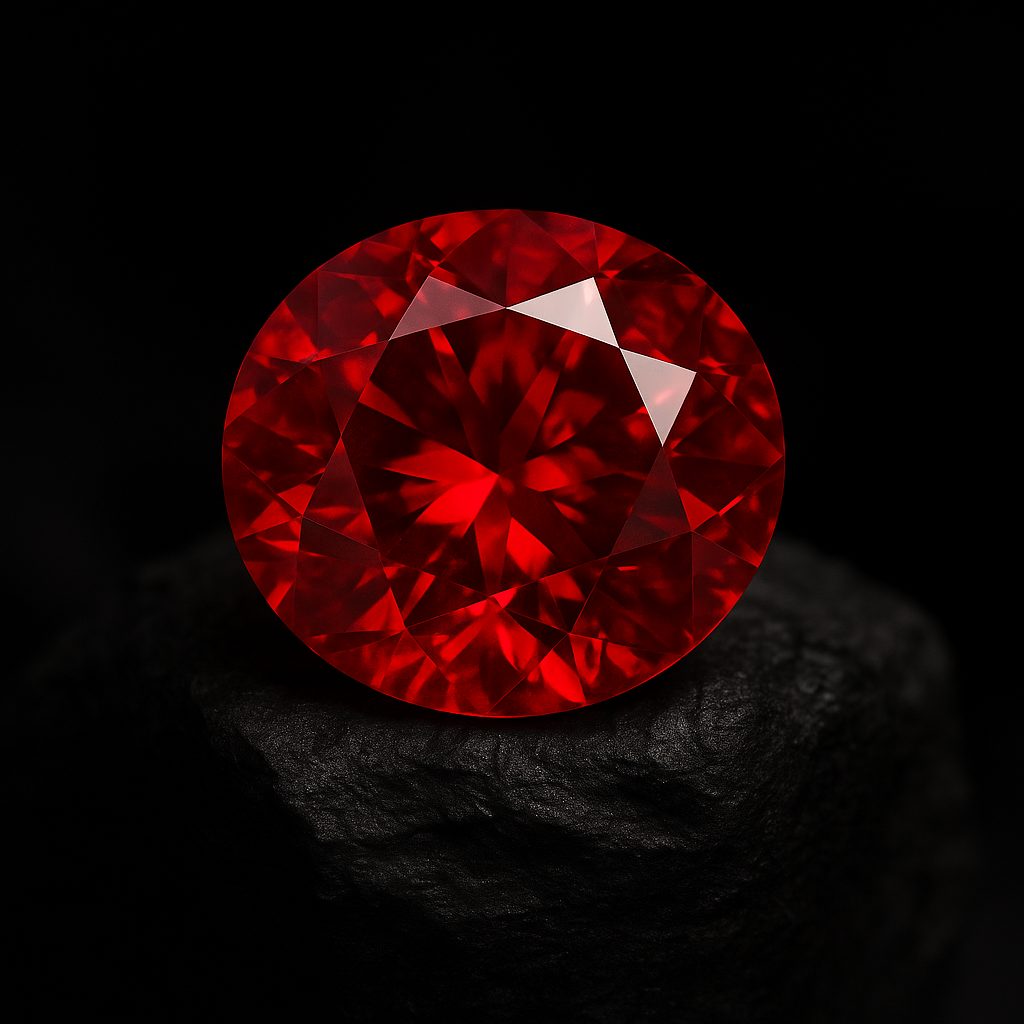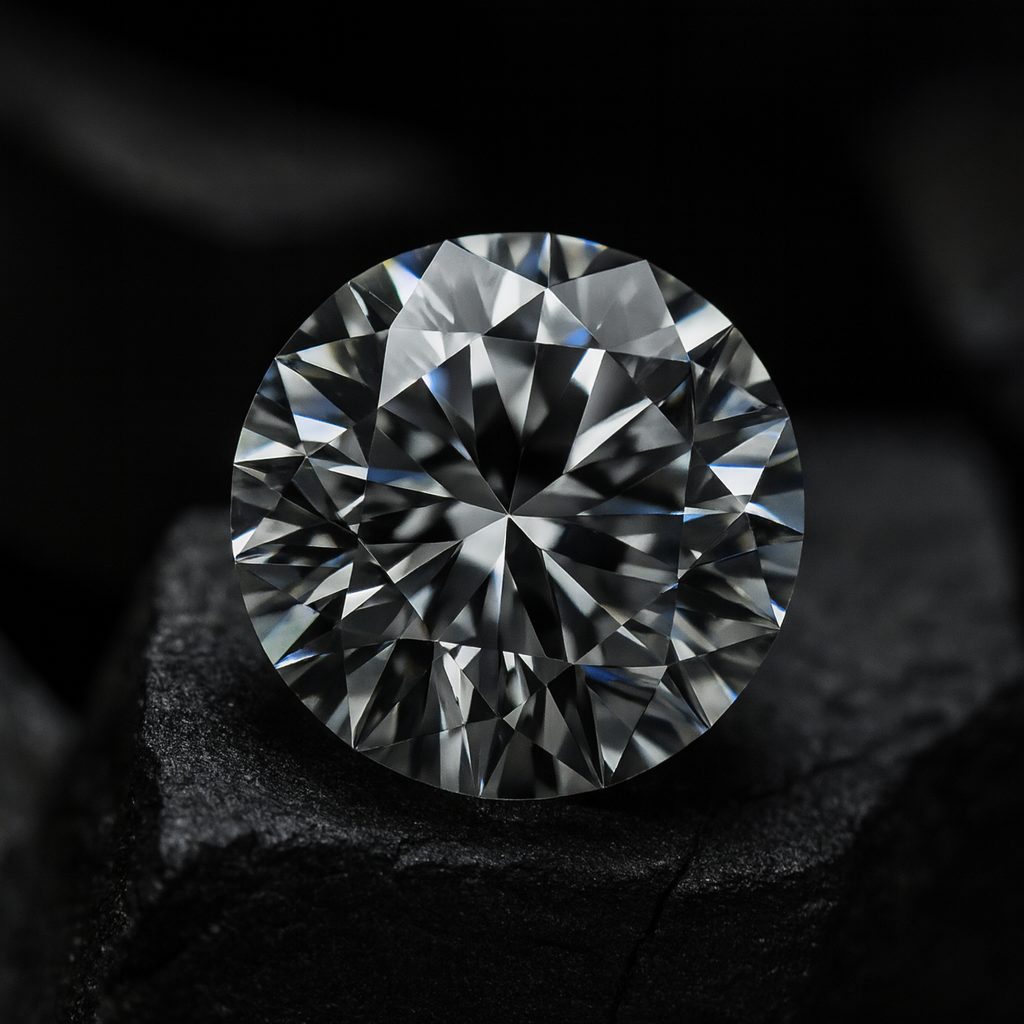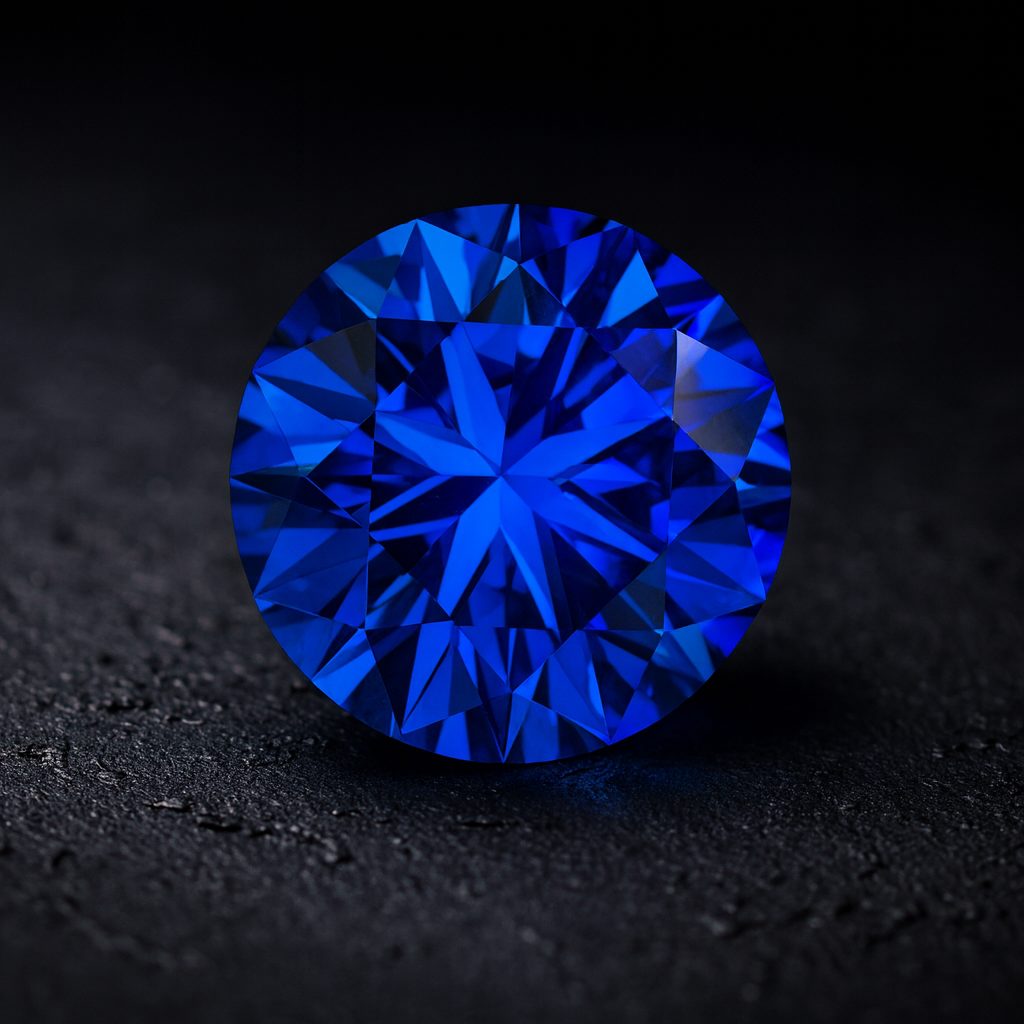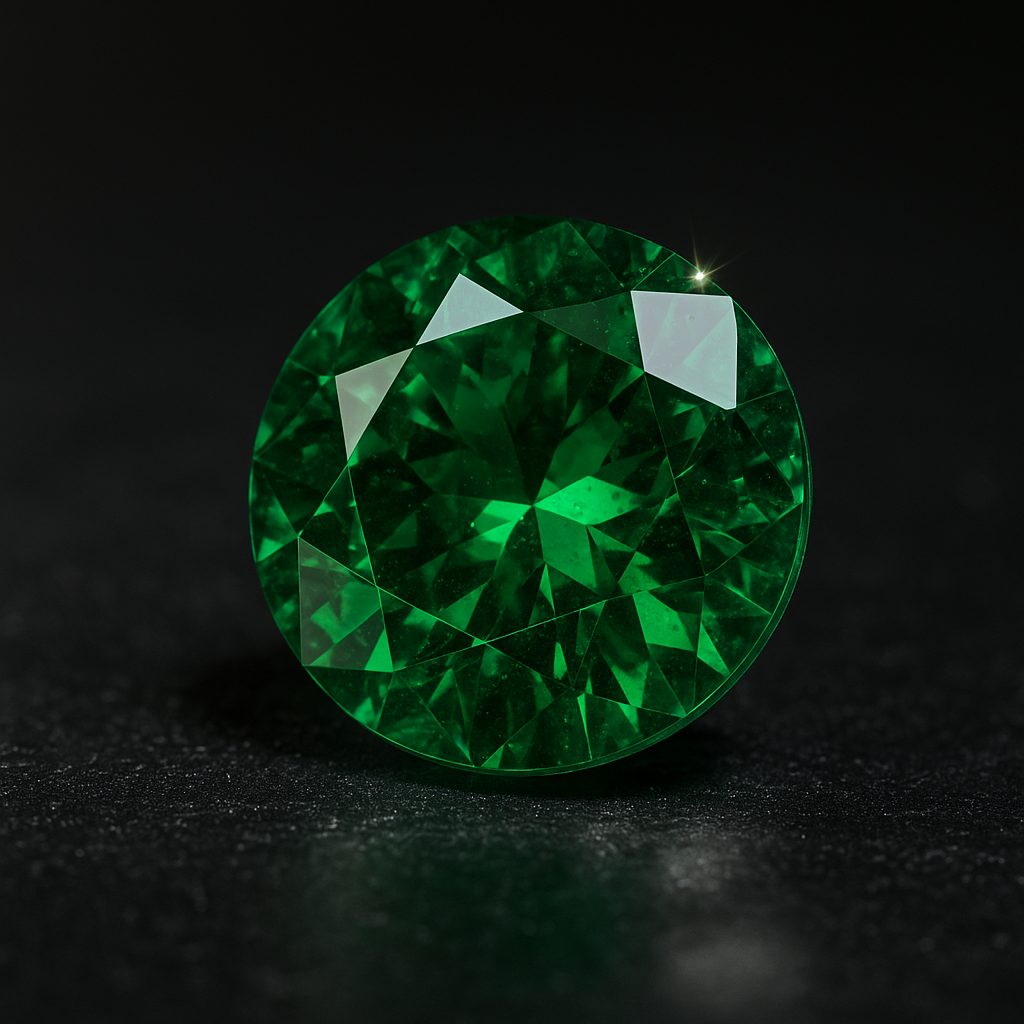MINERAL MATERIALS
Mineral materials are inorganic materials with ionic and covalent bonds. They are characterised by their mechanical and thermal resistance, with some even being refractory, and are electrical insulators. Rock, crystals, ceramics, and glass are examples of mineral materials.
RUBY
Ruby, also known as red corundum, is a precious variety of the mineral corundum, whose deep red colour is due to traces of chromium. This mineral is one of the hardest in the world, ranking second on the Mohs scale with a hardness of 9 out of 10, just after diamond. Owing to its exceptional durability and beauty, ruby has been prized throughout the ages, not only for its aesthetic value in jewellery but also for its unique properties in technical fields such as watchmaking.
DIAMOND
Diamond, considered one of the most iconic and sought-after precious stones in the world, is a crystalline form of pure carbon. It is distinguished by its exceptional hardness, making it the hardest known natural material to date. With a hardness of 10 on the Mohs scale, diamond is unmatched in its ability to resist wear and abrasion. Beyond its dazzling beauty and rarity, diamond possesses unique properties that make it indispensable in applications as varied as jewellery and watchmaking.
SAPPHIRE
Whether natural or synthetic, sapphire is a highly valued material in watchmaking due to its hardness, clarity, and scratch resistance. In its synthetic form, sapphire is used mainly for watch crystals and, in recent decades, for the manufacture of cases (partial or complete). Scratch-resistant and potentially colourless, synthetic sapphire has ultimately completely replaced mineral crystals. Its use has revolutionised the watch industry, and its popularity has grown alongside advances in manufacturing technologies.
EMERALD
Emerald is a variety of beryl, a mineral composed mainly of aluminium and beryllium silicate, distinguished by its intense green colour. In watchmaking and jewellery, emerald is prized for its unique beauty and fascinating properties, although its use is less common than that of other precious stones such as diamond or sapphire.




